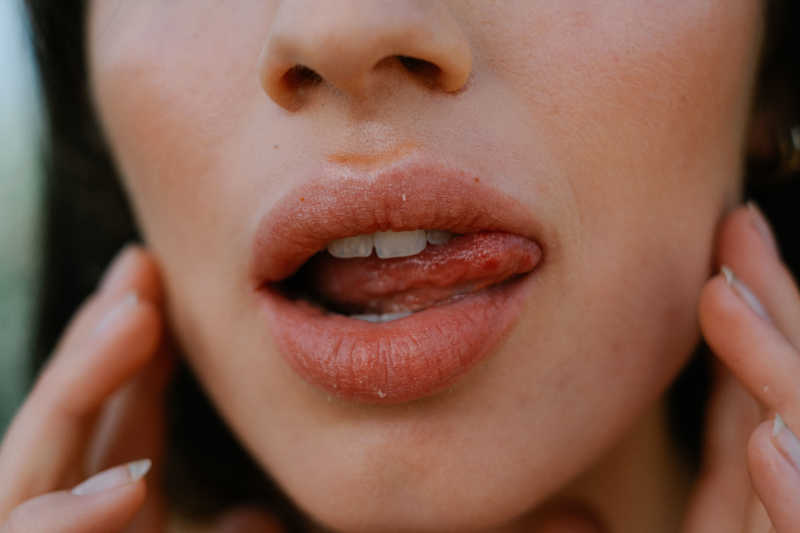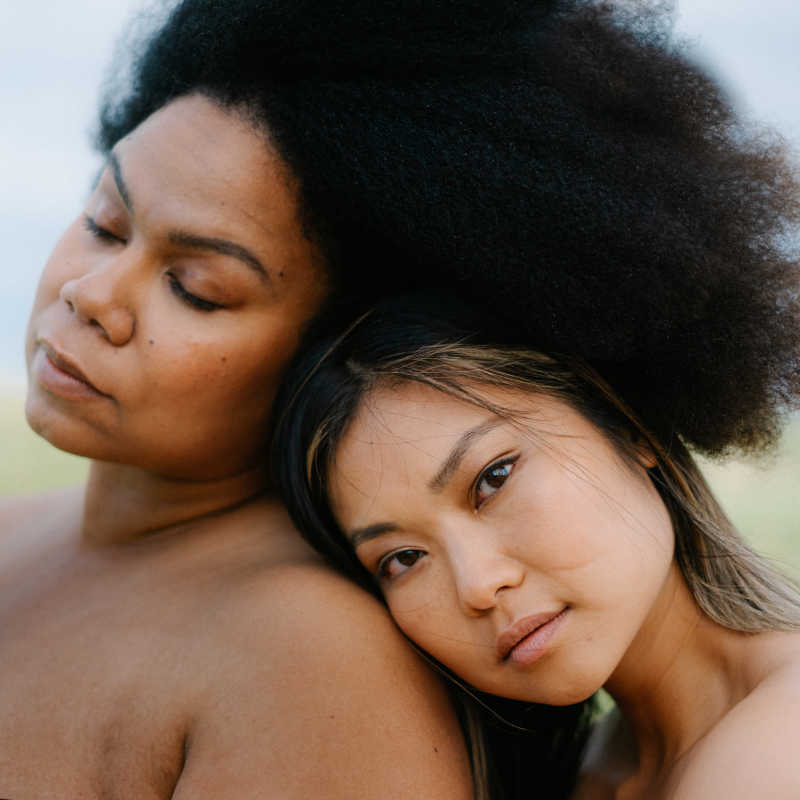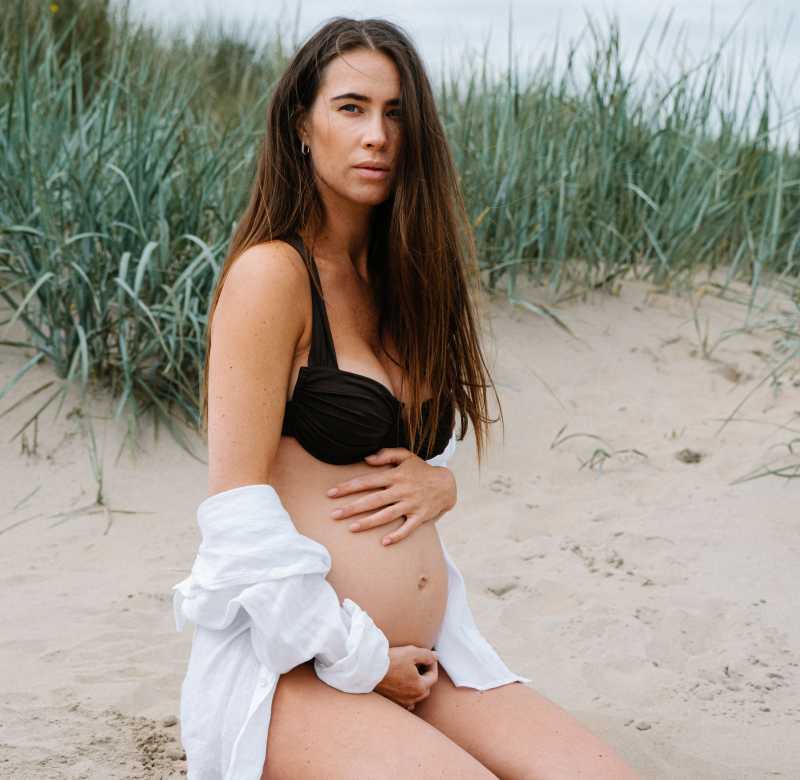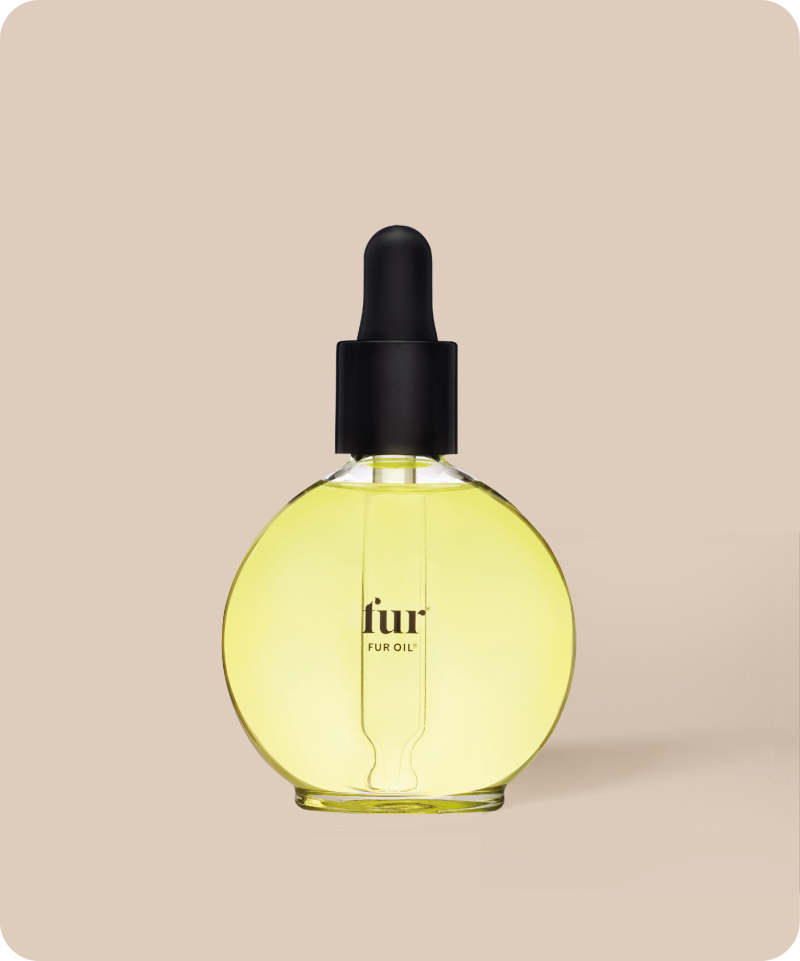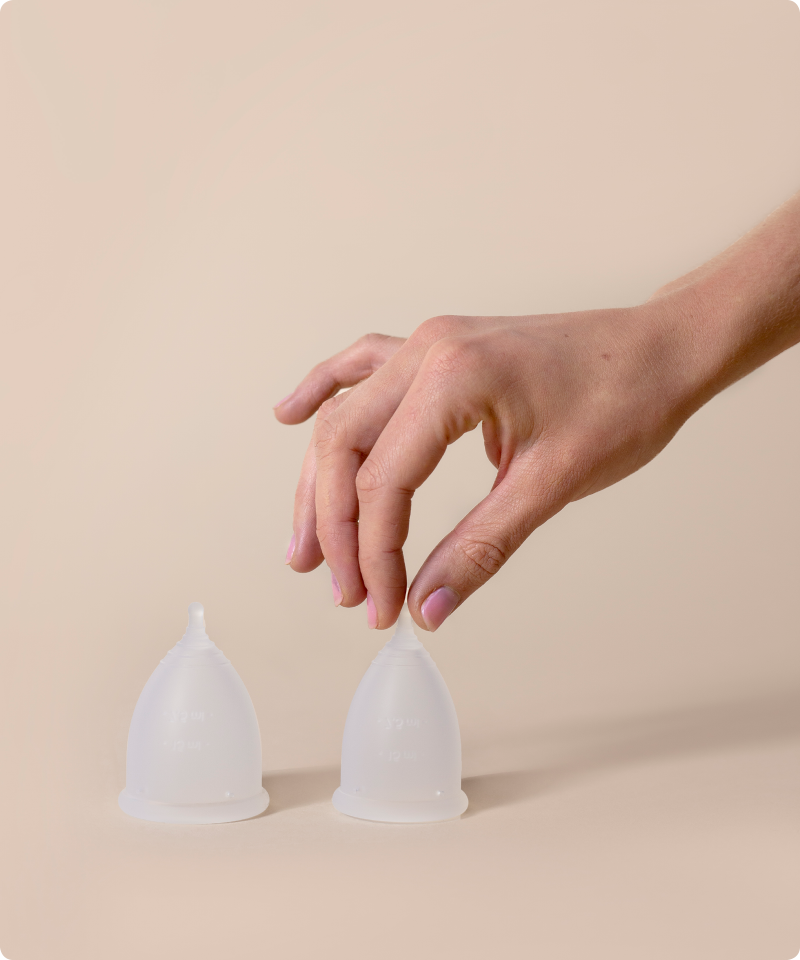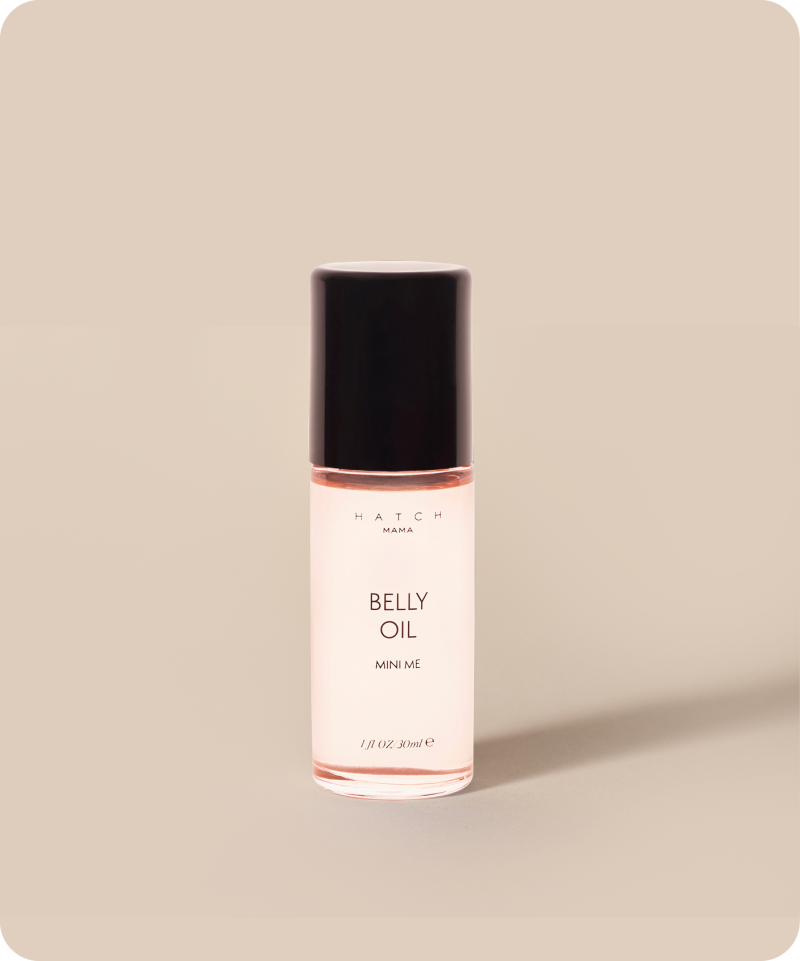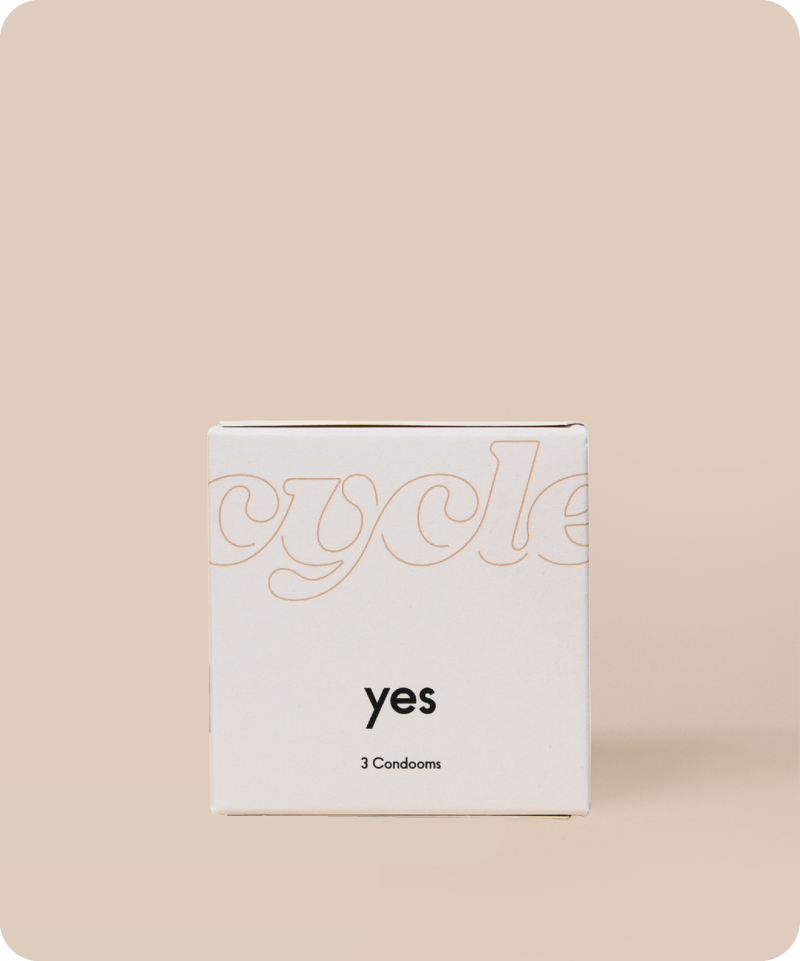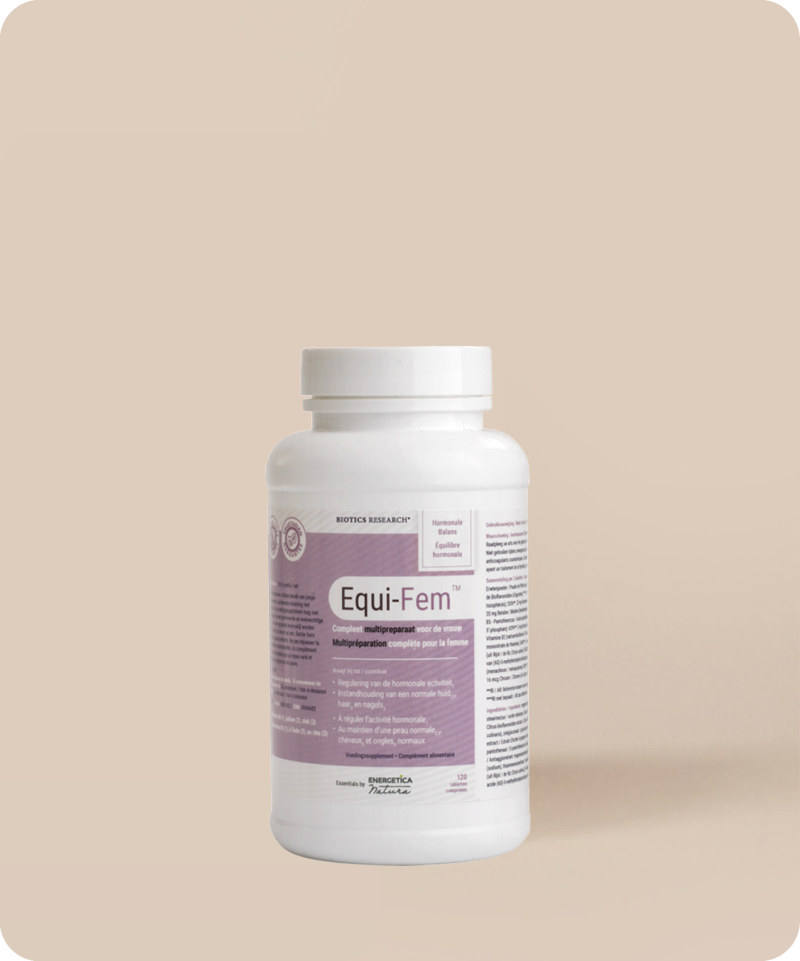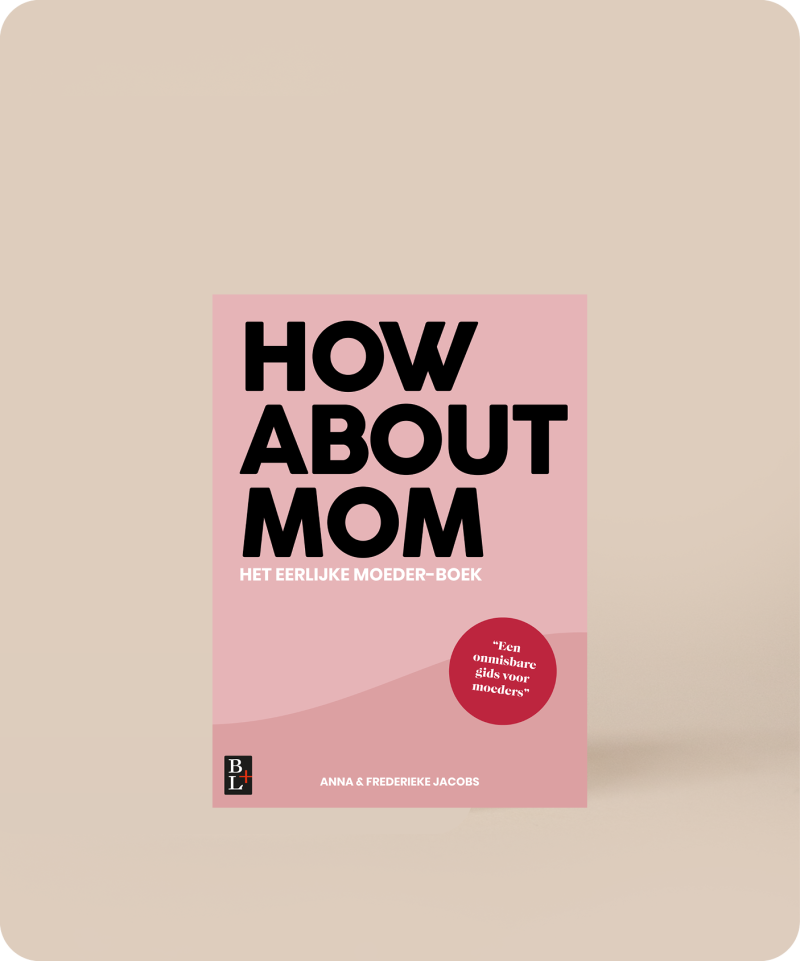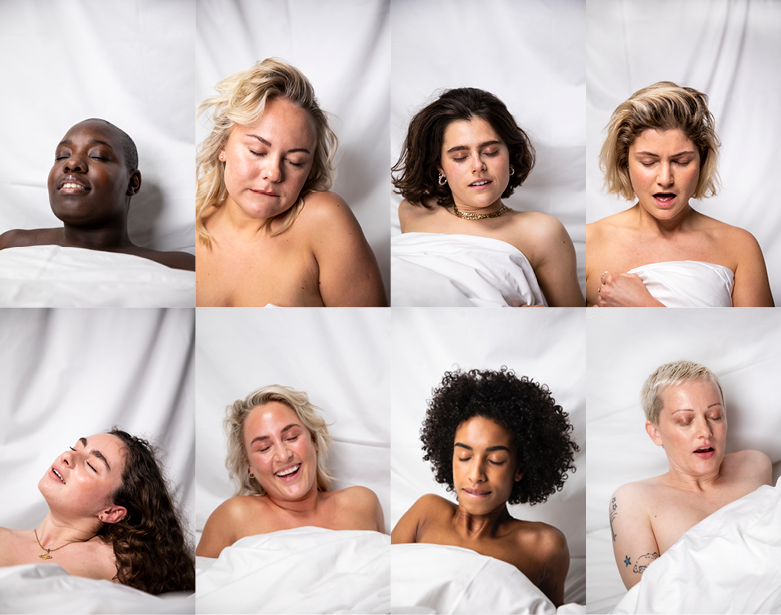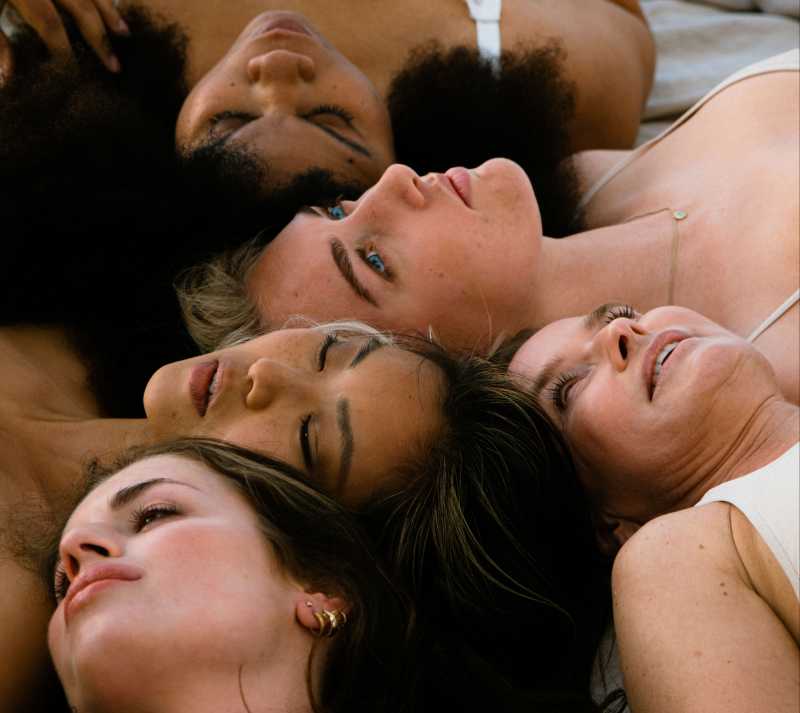Foods with vitamin D
What benefits does vitamin D have?
Vitamin D is a group of fat-soluble organic compounds that enable your body to absorb calcium, magnesium, and phosphate, amongst others, from the food you eat. This is needed for many of the processes in our body, such as the growth of bones, teeth, and muscles. They also play a role in the immune system and help against fatigue and depressive feelings. The two most important ones are vitamin D3 and vitamin D2.
A shortage of vitamin D can cause bones to grow less well or become less strong. Osteoporosis can occur as a result. A vitamin D deficiency could also possibly play a role in various conditions such as cardiovascular diseases, autoimmune diseases, and certain types of cancer.
How much vitamin D do you need?
The Netherlands Nutrition Centre notes that 10 micrograms of vitamin D a day is enough. For pregnant individuals or elderly people, it can be double that, at 10 to 20 micrograms a day.
Your body can absorb vitamin D in two ways: through sunlight, and through food.
Vitamin D: sunlight (UV-B radiation)
Your body is so clever that it is able to produce vitamin D from the sunlight that falls onto your bare skin. For most people, it’s enough to spend 20 minutes a day (in spring and summer) with their bare hands, neck, and face in the sun. That doesn’t sound like a lot, but for most people, this isn’t even doable. Those who wear a hijab or burka would have to spend some extra time in the sun in order to produce enough vitamin D. The same rings true for people with a darker skin tone.
In winter and fall, 20 minutes in the sun isn’t enough, as the sun is way less powerful. That makes it even harder to get enough vitamin D from sunlight. Thankfully, your body produces a lot of it in summer and maintains a reserve of vitamin D to use in winter. Nifty!
Vitamin D in food
Some foods that contain vitamin D are fatty fish (salmon, mackerel, and sardines). Eggs and meat also contain vitamin D, though in smaller quantities than in fatty fish. Often, vitamin D will be added to food, such as in (low-fat) margarine, cooking oils, and desserts meant for children.
Are you vegetarian or vegan? Then you risk not getting enough vitamin D from food. Vitamin D is primarily found in animal products. Luckily, there are some mushrooms that contain a lot of vitamin D, such as shiitake, portobello, and regular white mushrooms. Make these a staple in your diet!
Vitamin D supplements
In general, most people will be able to get enough vitamin D from sunlight and foods. For young people, the elderly, individuals with a darker complexion, those who don’t go outside a lot, and pregnant people, it’s advisable to take extra vitamin D in the form of a supplement. That is because they don’t usually produce enough vitamin D from sunlight. If you’re vegan and don’t like mushrooms, this might also be a viable option for you.
If you want to take a vitamin D supplement, it’s best to take a vitamin D3 supplement. Make sure to always consult an expert before taking any supplements.





